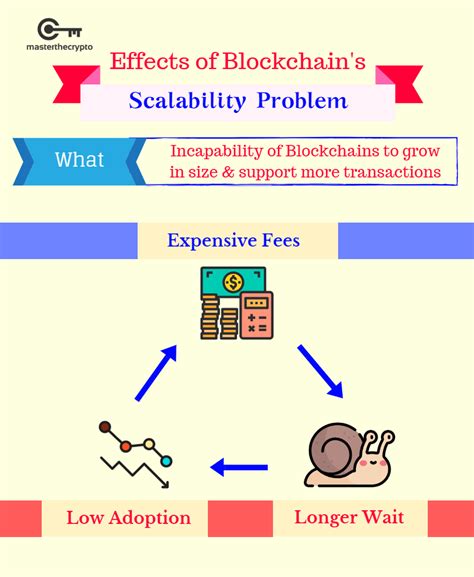Blockchain Scalability: Challenges And Solutions
Title: Open the full potential of cryptocurrency: Scalability concerns
Introduction
The rise of cryptocurrencies has revolutionized the way we think of digital events, decentralized funds (defi) and peer -to -peer interactions. If the number of users increases and the amount of data changed increases, scalability will be a major challenge for these digital property. This article looks at Blockchain’s focus, your current state, and the concept of solutions that can help overcoming borders.
What is Blockchain’s focus?

Blockchain is a decentralized, decentralized main book technology, with which several parties can record events without brokers, such as banks or governments. If more nodes connect to the network, the time needed to handle an event will increase exponentially, leading to reduced block fees and slower events for events.
Blockchain Challenges
- Transaction volume : Increasing demand for cryptocurrency transactions has led to an increase in the block size requirements of mining workers. This has led to an exponential increase in transaction costs, which makes it difficult for new users to join the network.
- Block time : The average block time is currently about 10 minutes, which can lead to significant deficit events.
- Network traffic jam : With more nodes online, there is an increased overload, leading to slower event processing times and reduced general scaling capacity.
Solutions BlockChain -focused issues to cope with
- Entry certificate (POS) Salgorithm
: POS algorithms such as POS-256
- Sharing Technology : The division includes Blockchain’s division into smaller, independent sub-chains that process events in parallel, reduce block times and increase scalability.
- ** DPON with Consensus Saltorithm certificate (DPO): DPO algorithms like EOS awarded more.
- Biscuits : Side -cooking protocols allow additional, separate block chains that can handle events in parallel and reduce traffic jams in the main part.
- Hybrid Consensusalgs : Hybrid-Common Salgms such as PBFT (Paxos-based fabric) and traditional Pow and Pow’s Casper Lighting Elements To create scaled solutions.
.
Examples in the real world
- Binance smart chain (BSC) : The Binance smart chain is a lubricated block chain that can handle 65 events per second, making it one of the fastest block chains in the world.
- Polcadot : Polcados is a decentralized platform that enables interoperability between different blockchains by enabling them to communicate and share information.
- Chainlink : Chainlink is an Oracle network that provides information in smart contracts in real known and enables more complex and scalable applications.
Research
Blockchain’s scalability is still an important challenge for cryptocurrencies, but the solutions described above show that these concerns are many ways. As the introduction of digital assets continues to increase, it is important to invest in innovative technologies such as pos, sharting, DPO, side chains, hybrid-consensus algorithms and quantum resistant cryptocurrency.
Recommendations
1.
